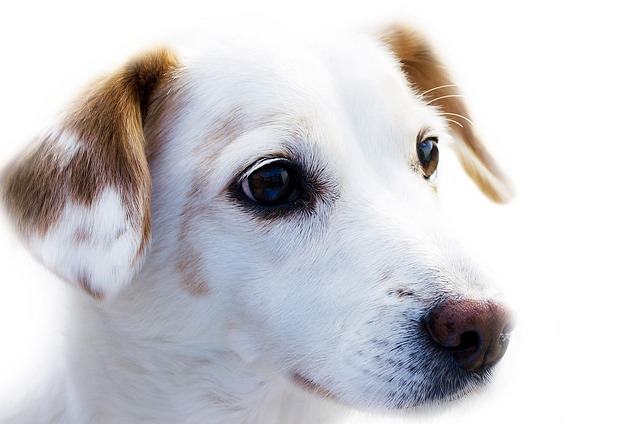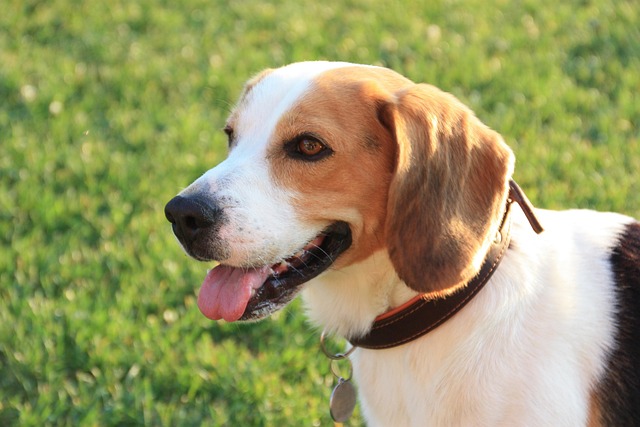
How long can a dog get vaccinated after recovering from a cold
As a dog owner, it’s heartbreaking to see your furry friend sniffling and sneezing through a cold. But once they’re on the mend, you might wonder:
Seeing your pup shake their head or scratch at their ears with thick, smelly discharge can feel overwhelming—but you’re not alone. Ear issues are common in dogs, especially breeds with floppy ears or dense fur, but quick, gentle care can make a world of difference. Let’s break down how to help your furry friend without panic.
First, identify the type of discharge. Clear or watery fluid might signal a minor irritation, while yellow, green, or bloody discharge—especially with a bad odor—often points to infection (bacterial, yeast, or even mites). Pay attention to other signs: redness, swelling, head tilting, or your dog avoiding touch near their ears. These clues help your vet diagnose the root cause.
Step 1: Don’t DIY the deep clean. It’s tempting to grab a cotton swab, but stop! Sticking anything into the ear canal (even “gentle” tools) can damage the eardrum or push debris deeper. Instead, start by gently wiping away visible discharge from the outer ear flap with a soft, damp cloth—no soap unless your vet says it’s safe.
Step 2: Contact your vet ASAP. Ear discharge rarely resolves on its own, and home remedies like hydrogen peroxide or vinegar can burn sensitive tissues. Your vet will examine the ear, possibly take a sample to test for bacteria or yeast, and prescribe the right treatment—antibiotic drops, antifungal meds, or mite treatments. In the U.S., the AVMA reminds pet parents that only licensed vets should diagnose ear issues to avoid mismanagement.
 Step 3: Follow cleaning instructions carefully. If your vet approves at-home cleaning (usually for mild cases), use a dog-specific ear cleaner (never human products!). Tilt your dog’s head sideways, squirt a few drops into the ear canal, and massage the base of the ear for 30 seconds. Let them shake it out, then wipe the outer ear with a never insert it. Do this as directed—over-cleaning can irritate delicate tissues.
Step 3: Follow cleaning instructions carefully. If your vet approves at-home cleaning (usually for mild cases), use a dog-specific ear cleaner (never human products!). Tilt your dog’s head sideways, squirt a few drops into the ear canal, and massage the base of the ear for 30 seconds. Let them shake it out, then wipe the outer ear with a never insert it. Do this as directed—over-cleaning can irritate delicate tissues.
Step 4: Treat underlying causes. If the discharge is from allergies, your vet might recommend dietary changes (like switching to limited-ingredient food) or anti-itch meds. For recurring infections in floppy-eared breeds (think Bulldogs or Cocker Spaniels), regular drying after baths or swimming is key—moisture creates a breeding ground for bacteria. Always check local pet care guidelines to ensure any over-the-counter products you use are compliant and safe.
When to rush for emergency care: Seek help immediately if the discharge is bloody, your dog is unsteady on their feet, or the ear is hot to the touch. These could signal a severe infection or even a foreign object (like a grass awn) stuck in the ear, which needs urgent removal to prevent permanent damage.
Preventing future ear issues: Make ear care part of your routine. After walks in tall grass, check for debris. After water activities, dry ears gently with a vet-approved drying solution. For long-haired breeds, trim fur around the ear openings to improve airflow. And never share ear cleaning tools between pets to avoid spreading infections.
Caring for your dog’s ears is about balance: acting swiftly without overreacting. Trust your vet’s guidance—they’re the experts in keeping those floppy (or pointy!) ears healthy. Every gentle wipe and careful treatment shows your pup how much you care, turning a stressful situation into a chance to bond over their comfort.
Remember, ear discharge is a cry for help, not a problem to fix alone. With professional care and consistent attention, your dog’s ears will be itch-free and wagging again in no time. You’re doing the best thing by seeking help—your pup’s happy, healthy ears are worth every step.

As a dog owner, it’s heartbreaking to see your furry friend sniffling and sneezing through a cold. But once they’re on the mend, you might wonder:

Watching your Labrador bound across the park is a thrill,but what if you notice their ribs showing a bit too much or they tire quickly on hikes?Building muscle isn't just about looks—it's crucial for your dog's joint health,stamina,and overall well-being.

Picture this: Your golden retriever, Max, just came back from a rainy walk in Central Park. He’s sneezing, his nose is runny, and he’s curled up shivering on his bed.

So you're scrambling some eggs for breakfast and those big, hopeful eyes are locked onto your plate. It happens to every dog owner sooner or later.

We’ve all buried our noses in that stinky fur after a rainy walk or noticed an unpleasant smell lingering near your dog’s bed.

When it comes to Pomeranians and their eating habits, their tiny stature doesn’t mean they lack strong opinions about food.